(Source: phys.org)
 “The sky could become increasingly crowded as personal and commercial uses of unmanned aircraft systems (UAS), commonly called drones, become more popular.” That’s the assessment of Parimal Kopardekar, manager of NASA’s Safe Autonomous Systems Operations project, as innovators constantly conceive new beneficial civilian applications for these aircraft, including goods delivery, infrastructure inspection, search and rescue, and agricultural monitoring.
“The sky could become increasingly crowded as personal and commercial uses of unmanned aircraft systems (UAS), commonly called drones, become more popular.” That’s the assessment of Parimal Kopardekar, manager of NASA’s Safe Autonomous Systems Operations project, as innovators constantly conceive new beneficial civilian applications for these aircraft, including goods delivery, infrastructure inspection, search and rescue, and agricultural monitoring.
To address the growth of this quickly evolving technology, NASA and the Federal Aviation Administration (FAA) recognize that a UAS traffic management (UTM) system for low-altitude airspace is needed.
Last year, NASA’s Ames Research Center in the heart of California’s Silicon Valley released an open a call to invite government, industry and academic partners to collaborate with NASA to conduct and identify research needs and to accelerate the development of such a system.
Around that same time, several major technology companies, such as Amazon and Google, announced plans to launch their own UAS applications. However, before these and any other commercial efforts take flight, a safety system must be in place to make sure the new flying unmanned aircraft don’t collide into buildings, airplanes or one another.
By leveraging the valuable byproducts of NASA’s aeronautics research, its decades of experience with air traffic management, and the body of knowledge concerning the convergence of commercial innovations with NASA ideas and concepts, NASA is helping to define a new era of aviation. Using the power of collaborative innovation to work alongside many committed government, industry and academic partners, NASA is benefitting from commercial sector investment in UAS technology, enabling the agency to lead research and development into a cloud-based UTM system.
“NASA wants to create a system that would keep track of and deliver important information to operators of UAS, such as which areas they should avoid, whether any other vehicles are trying to operate in the same airspace, and what the weather will be like in a given area,” says Kopardekar.
The NASA team is researching and testing ways to communicate this data to UAS while they’re in flight, such as dynamic geo-fences, or virtual barriers, giving UAS operators the most updated information in real-time.
Alan is serial entrepreneur, active angel investor, and a drone enthusiast. He co-founded DRONELIFE.com to address the emerging commercial market for drones and drone technology. Prior to DRONELIFE.com, Alan co-founded Where.com, ThinkingScreen Media, and Nurse.com. Recently, Alan has co-founded Crowditz.com, a leader in Equity Crowdfunding Data, Analytics, and Insights. Alan can be reached at alan(at)dronelife.com

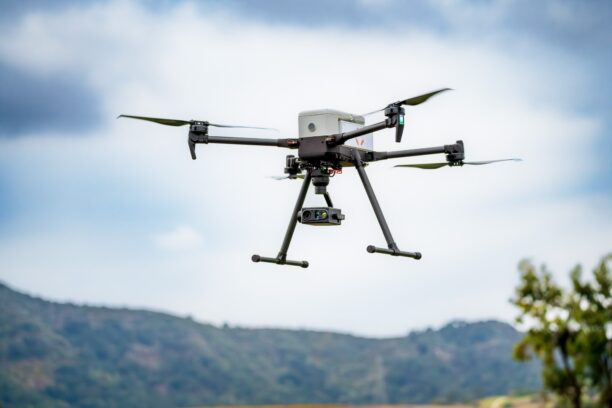
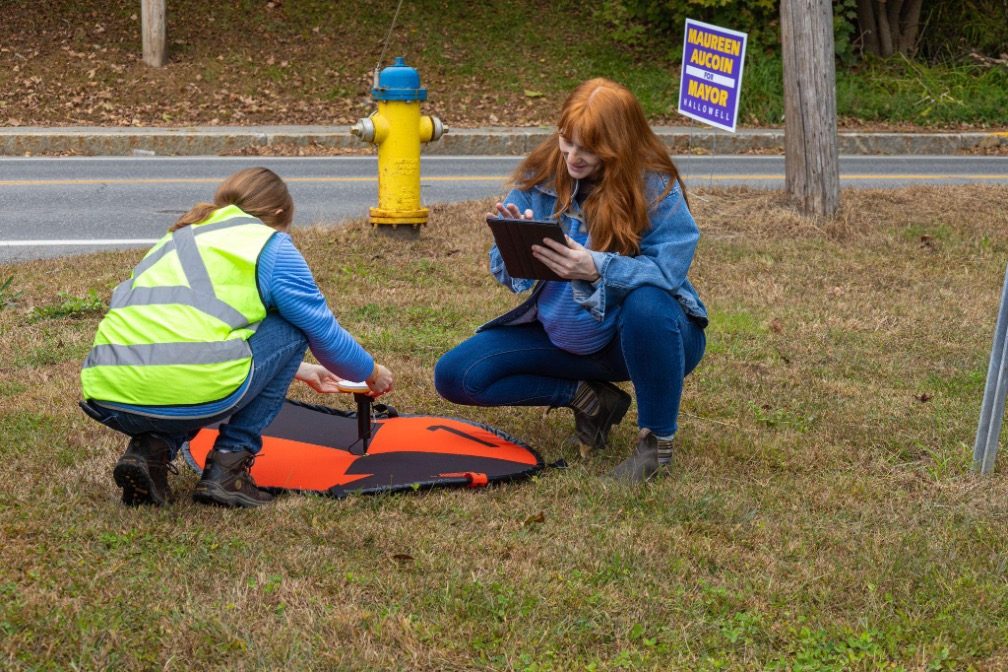
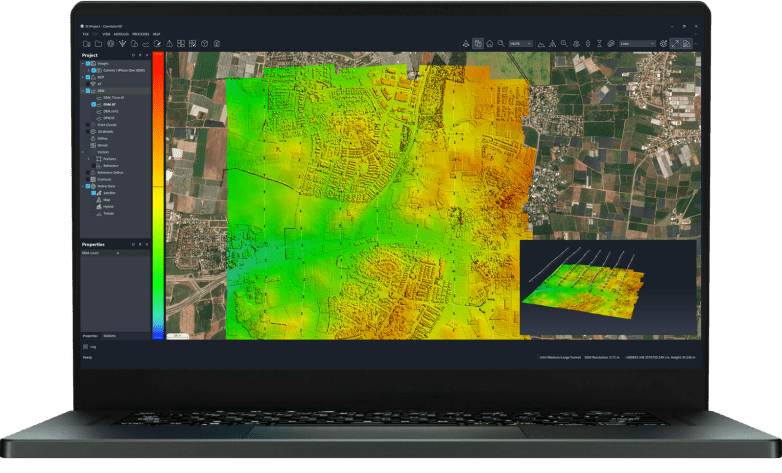
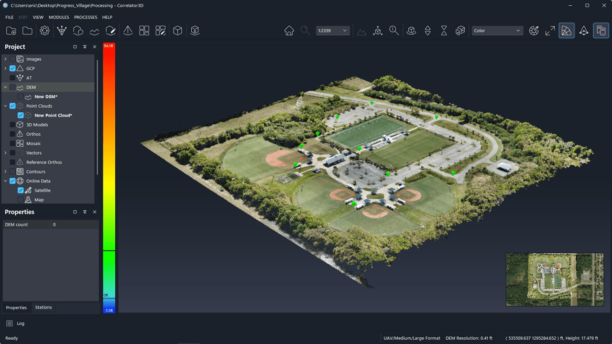
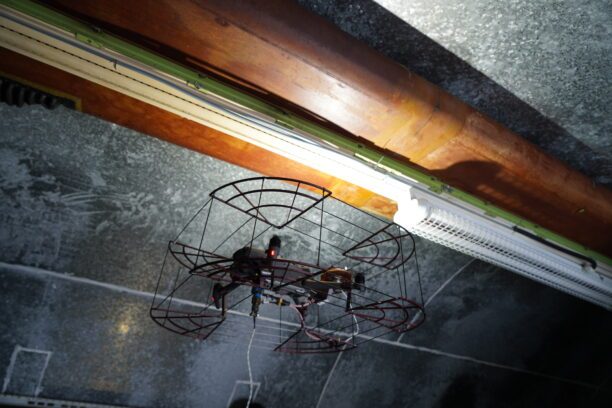
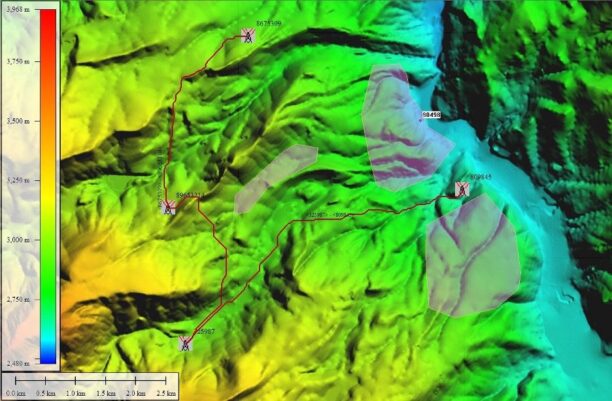
Leave a Reply